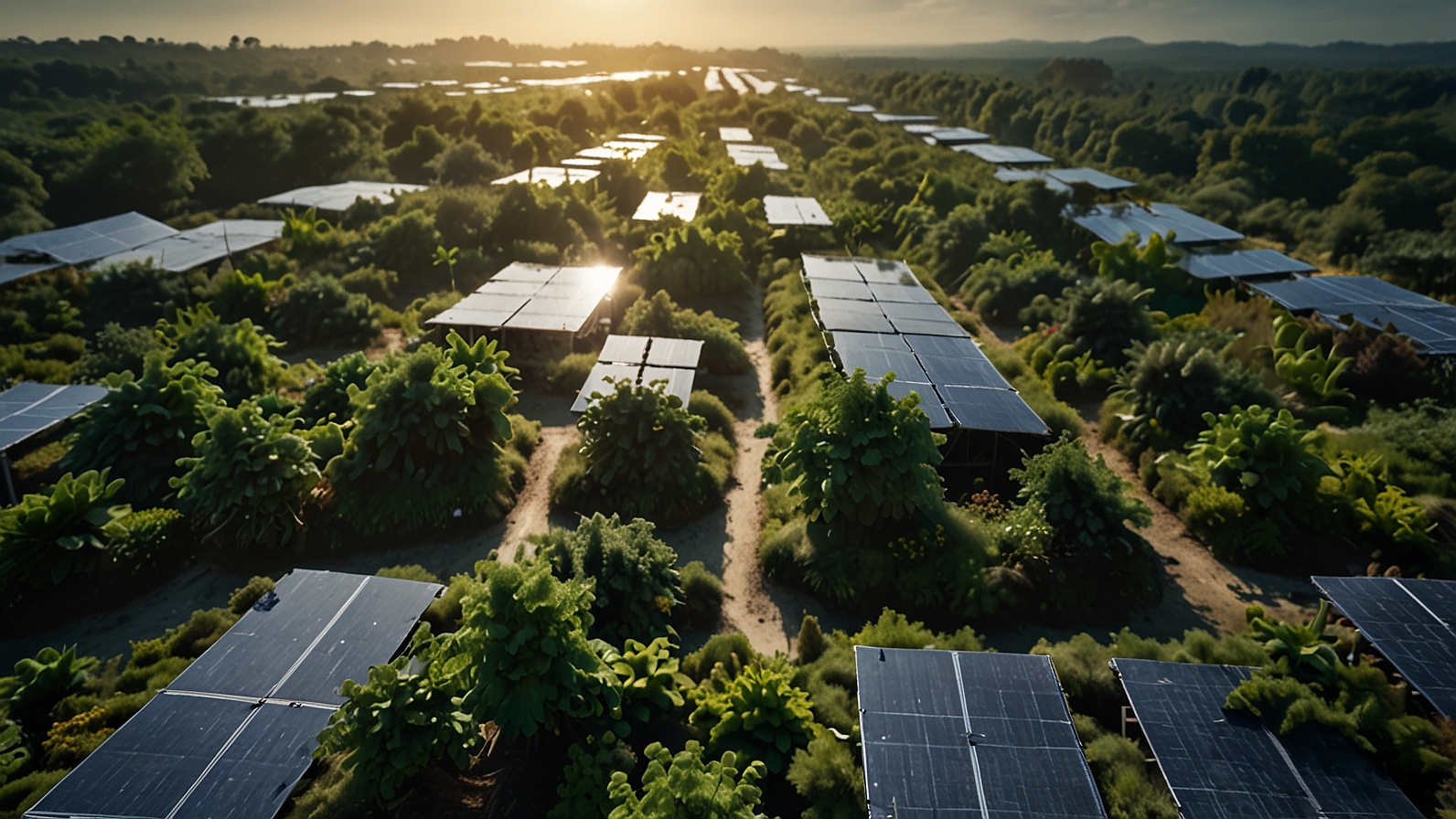In today’s digital world, the amount of data being generated is growing at an unprecedented rate. With the advent of big data, businesses, governments, and other organizations are able to collect, store, and analyze massive volumes of information, leading to incredible advancements in technology, healthcare, finance, and many other fields. However, this surge in data collection has raised significant concerns about privacy, security, and the ethical use of personal information. As we enter a new era where data is often considered more valuable than oil, the question arises: How do we balance innovation with the protection of individual privacy?
The Power of Big Data
Big data refers to the vast amount of structured and unstructured data generated every second from a multitude of sources. These include social media interactions, online shopping habits, GPS data, health and fitness trackers, and even IoT devices in our homes. The sheer volume of data presents endless opportunities for businesses to improve services, customize user experiences, and optimize operations.
For example, big data has transformed sectors such as healthcare, where patient data can be analyzed to predict diseases, recommend treatments, and improve outcomes. In marketing, data-driven insights allow companies to target consumers with precision, offering personalized ads and recommendations. Meanwhile, self-driving cars rely on the constant stream of data to learn and make decisions, enhancing both safety and efficiency.
While these innovations are exciting and offer tangible benefits, the increasing reliance on personal data has made privacy a significant concern for consumers and regulators alike.
Privacy Challenges in the Big Data Era
With the convenience and personalization that big data offers comes a dark side: the potential for privacy violations and data misuse. The information collected by companies and organizations often contains sensitive details about an individual’s habits, preferences, health, and even their location. When mishandled, this data can be exploited for malicious purposes, from identity theft to social engineering attacks.
In addition to security breaches, there is also the issue of consent. Many users unknowingly surrender vast amounts of personal data when they use online services, often without fully understanding how their data will be used or shared. This lack of transparency and informed consent raises ethical concerns about the fairness of data collection practices and whether individuals truly have control over their personal information.
The rise of facial recognition technology, location tracking, and other forms of surveillance has also sparked debates about privacy rights. These technologies, while valuable for certain applications, can easily infringe on individual freedoms if used improperly or excessively. The ability for governments and corporations to monitor citizens at an unprecedented level raises questions about the erosion of privacy and the potential for authoritarian control.
The Need for Ethical Data Use
As the digital landscape continues to evolve, the need for ethical standards in the collection and use of big data has never been more pressing. Businesses must balance the desire to leverage data for innovation with the need to protect individual privacy. One key aspect of ethical data use is transparency. Organizations should clearly inform users about what data is being collected, how it will be used, and whether it will be shared with third parties.
In addition to transparency, businesses should ensure that they are obtaining explicit consent from users before collecting any personal data. This process, known as informed consent, should be simple and straightforward, enabling users to make informed decisions about the data they share. Companies should also give users the ability to opt out or delete their data if they choose to do so.
Data anonymization is another important measure to safeguard privacy. By stripping personal identifiers from data sets, organizations can continue to analyze trends and make informed decisions without compromising individual privacy. However, this approach is not foolproof, and researchers are continually working on ways to improve anonymization techniques to prevent re-identification.
Furthermore, businesses must ensure that data is stored securely and that access is tightly controlled. Breaches of sensitive data can have devastating consequences, both for individuals and for the organizations involved. Regular audits, encryption, and strict access controls are vital in maintaining the integrity of the data.
Regulations and the Future of Data Privacy
Governments around the world are increasingly recognizing the need for data privacy regulation to protect individuals’ rights. The European Union’s General Data Protection Regulation (GDPR) is one of the most comprehensive data privacy laws, giving individuals greater control over their personal data and imposing strict penalties on companies that fail to comply. Similarly, the California Consumer Privacy Act (CCPA) grants California residents the right to access, delete, and opt-out of the sale of their personal data.
These regulations are important steps in ensuring that organizations handle data responsibly and ethically. However, the rapidly evolving nature of technology means that regulations must continually adapt to address new challenges and emerging risks in the big data ecosystem. Policymakers, tech companies, and privacy advocates must work together to create frameworks that balance innovation with ethical use.
A Path Forward: Balancing Innovation and Privacy
As big data continues to reshape industries and revolutionize technologies, it is crucial that privacy remains a central consideration. Individuals should have the right to control their personal data, and organizations should be held accountable for using that data responsibly. The path forward lies in finding a balance between the benefits of big data-driven innovation and the protection of individual rights.
For companies, this means adopting ethical data practices, being transparent with users, and ensuring compliance with privacy regulations. For consumers, it means being informed about how their data is used and taking steps to protect their privacy, such as adjusting privacy settings and using secure platforms.
Ultimately, the future of big data will be shaped by the choices we make today about how to balance privacy with progress. By prioritizing transparency, consent, and ethical use, we can harness the power of big data to drive innovation without compromising the fundamental rights of individuals.
4o mini














